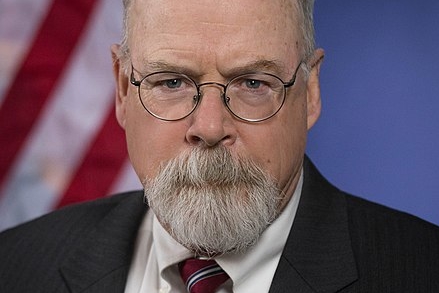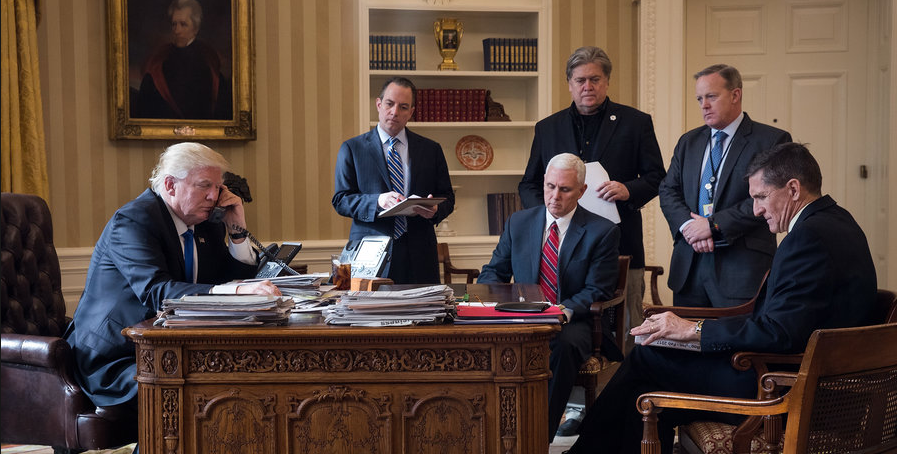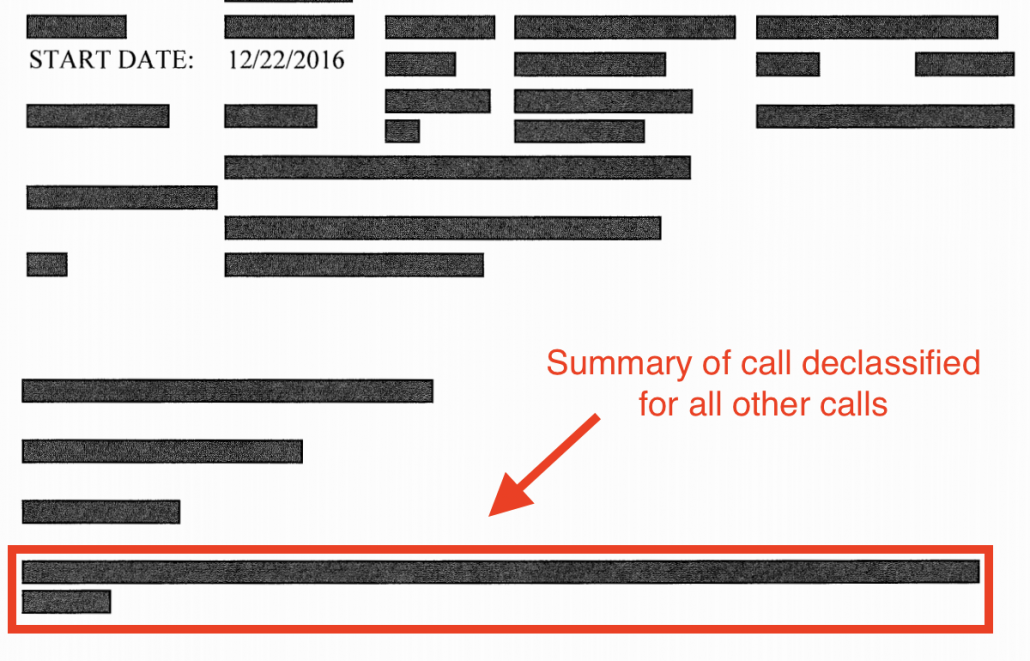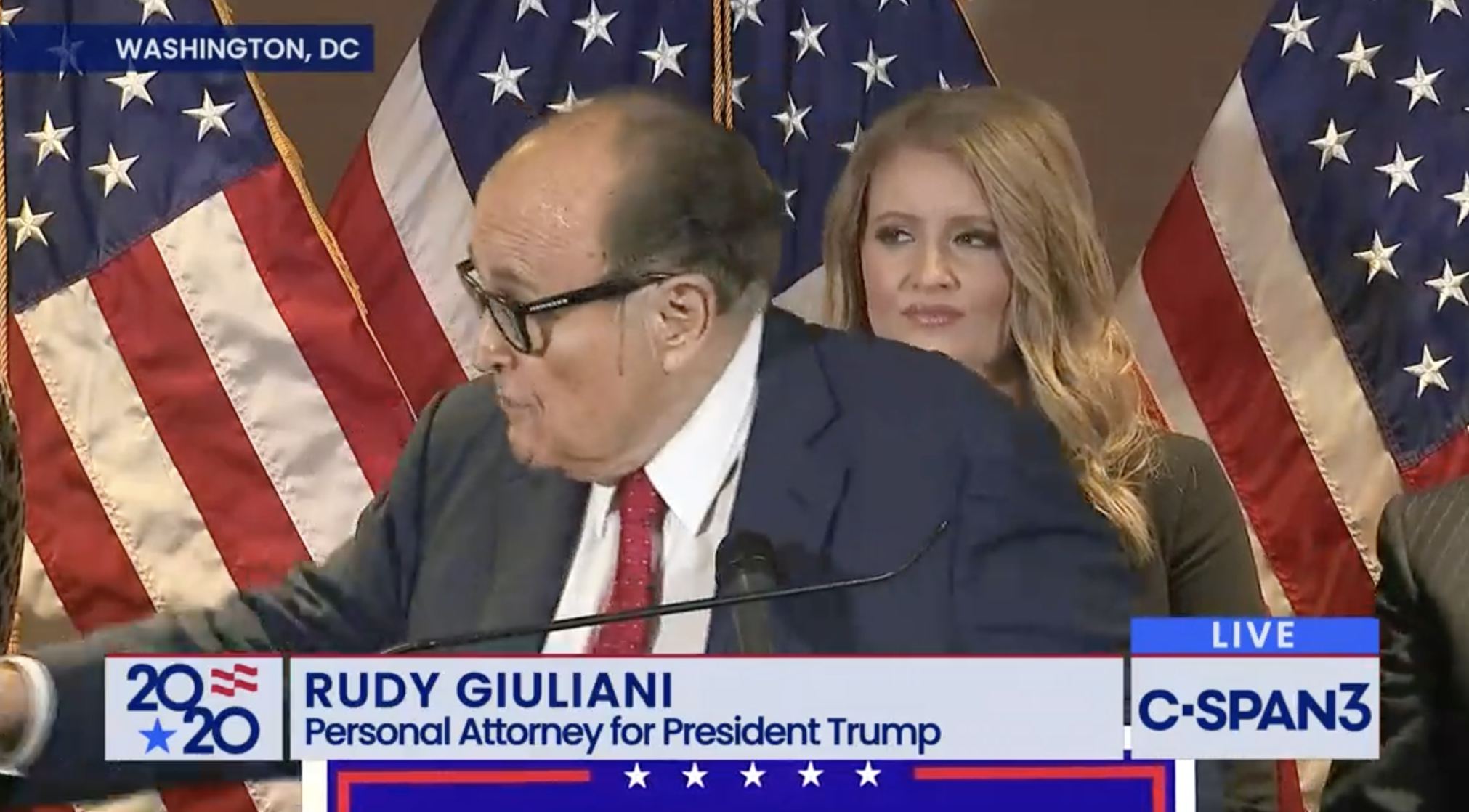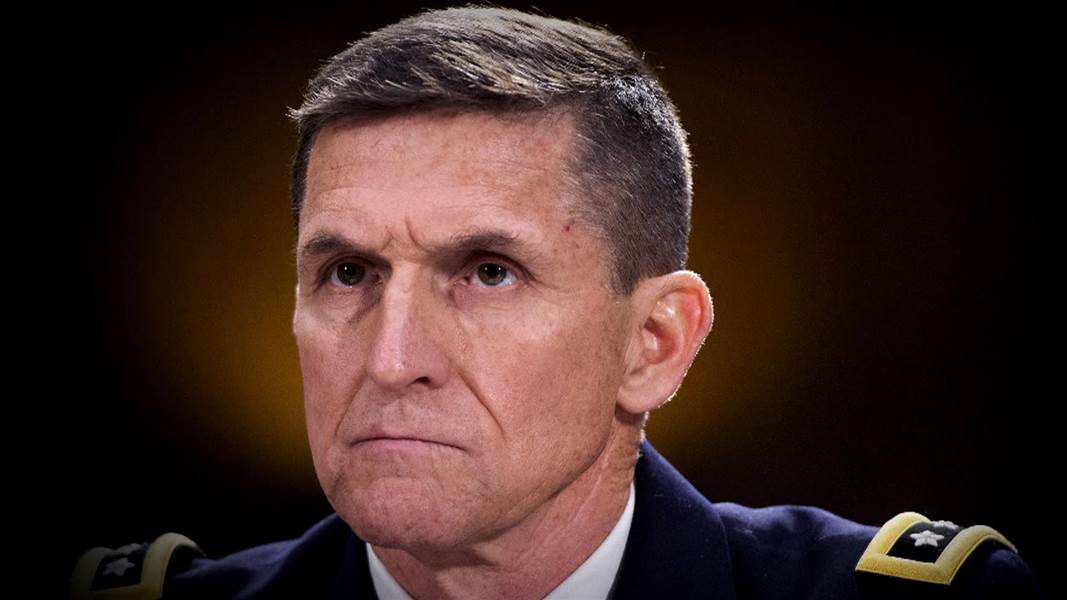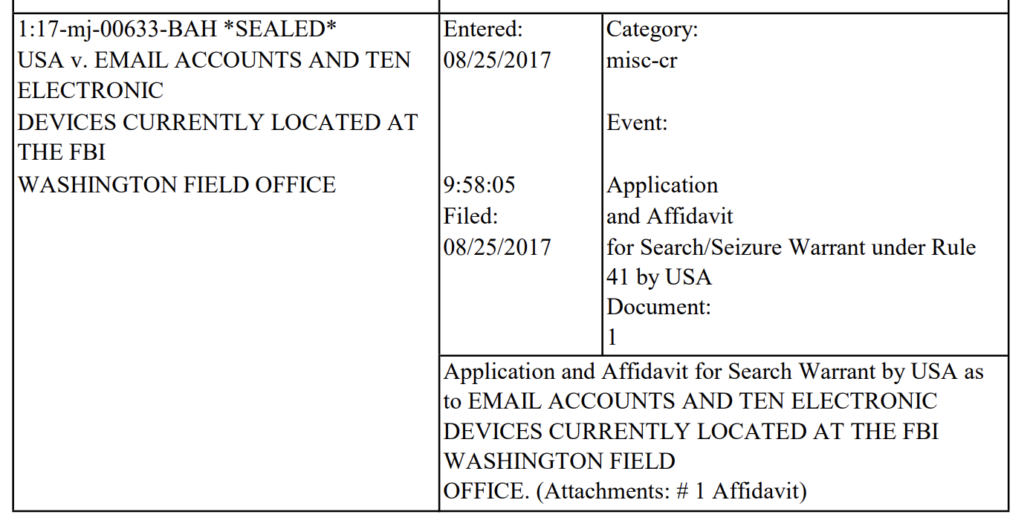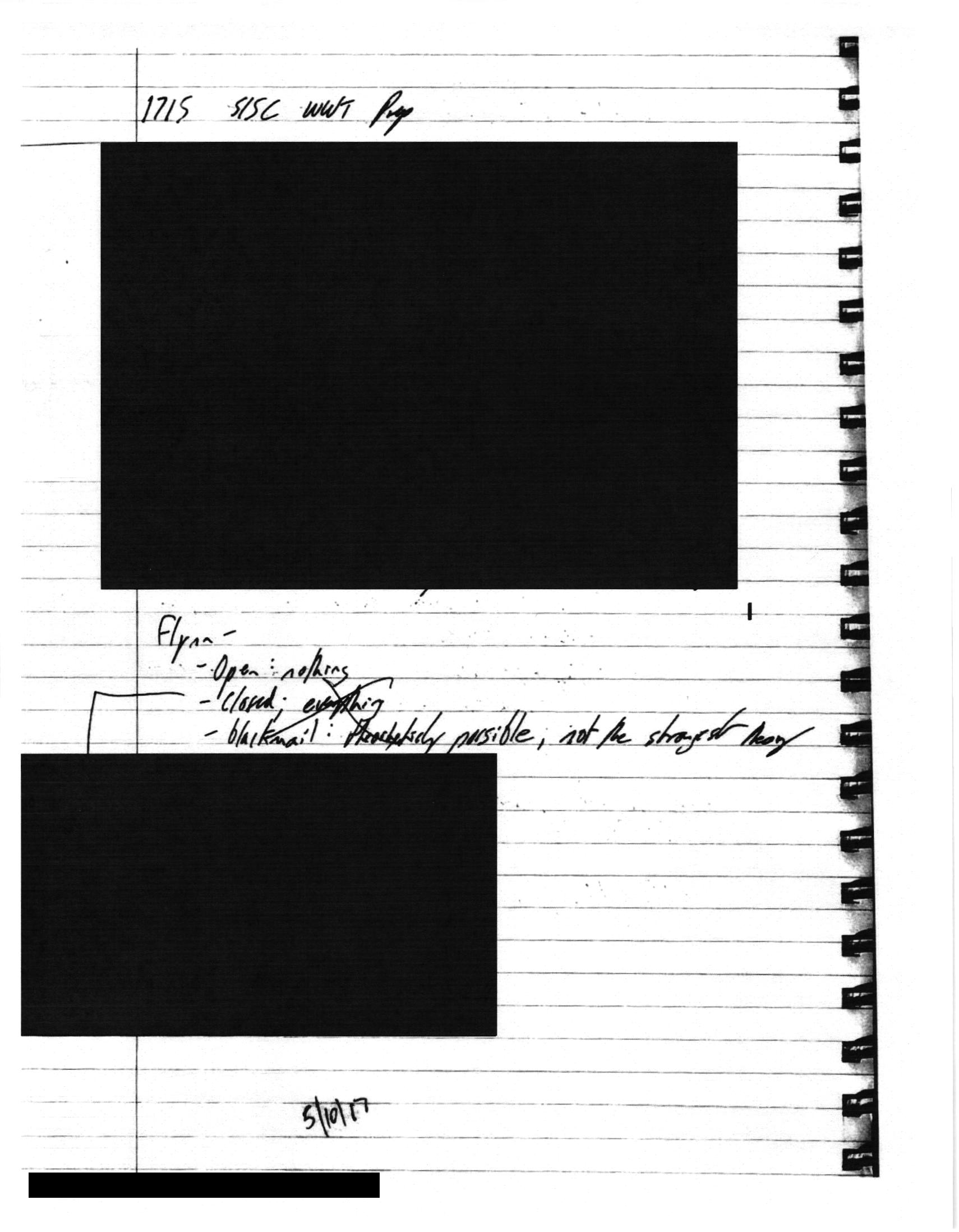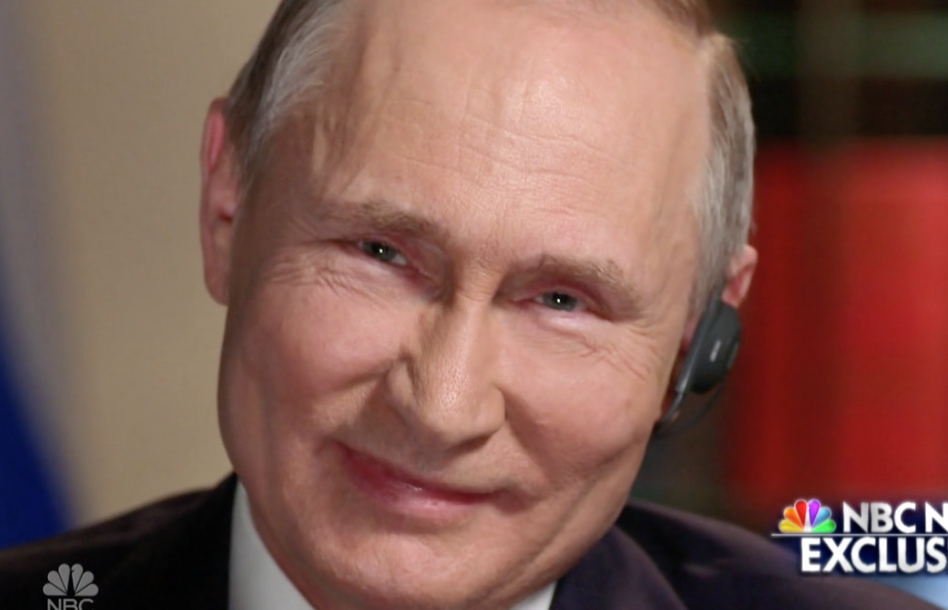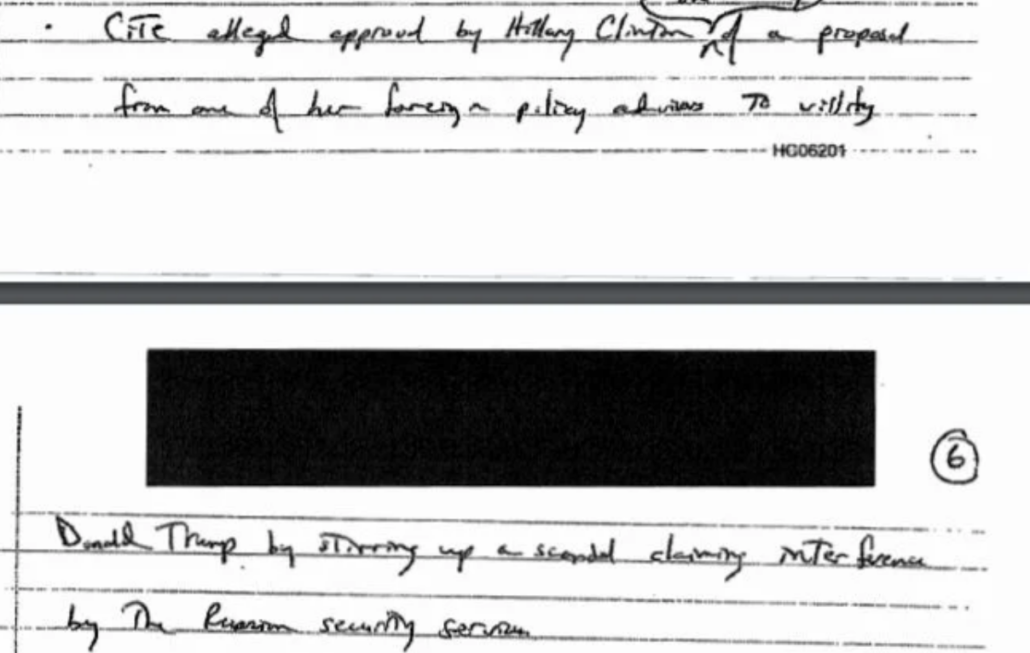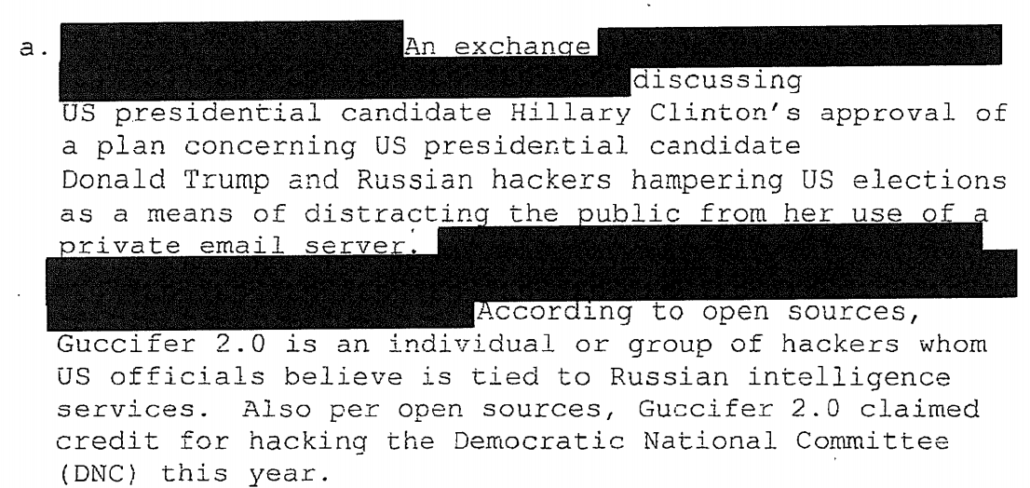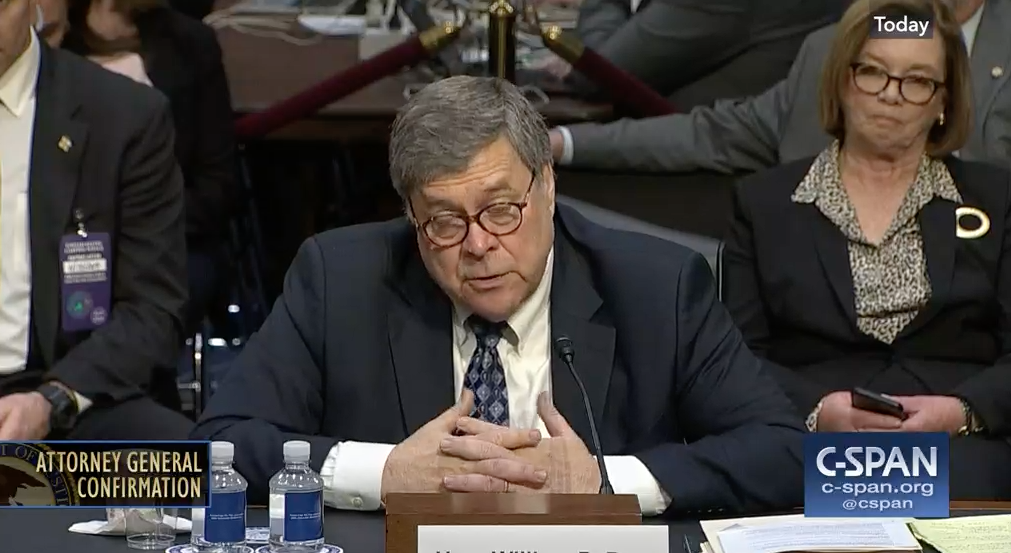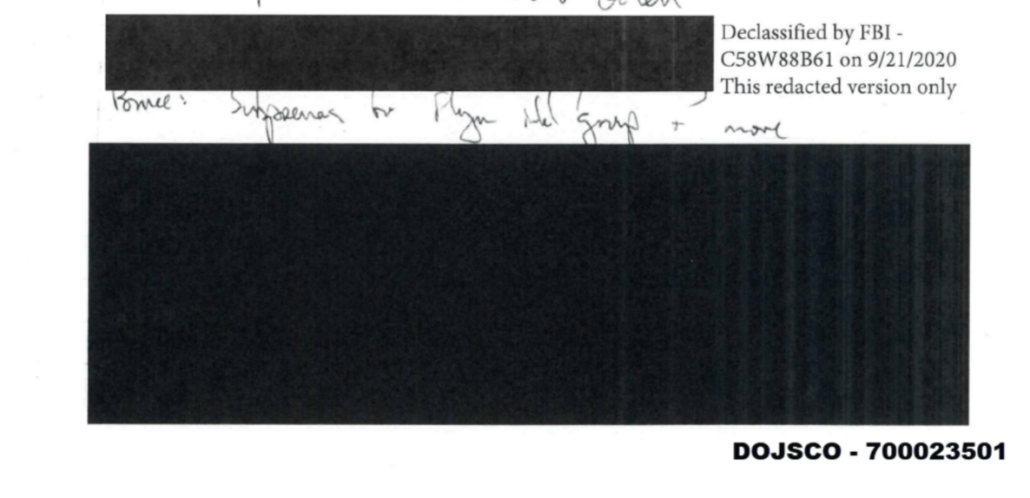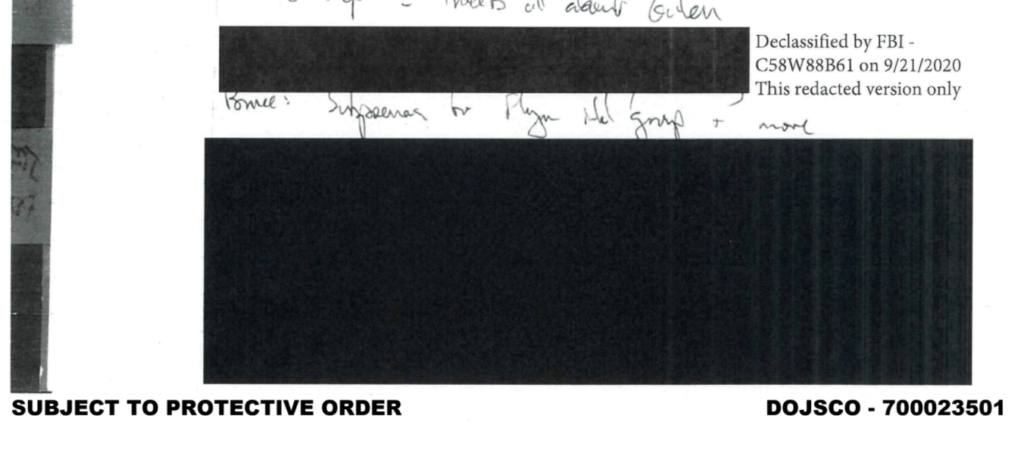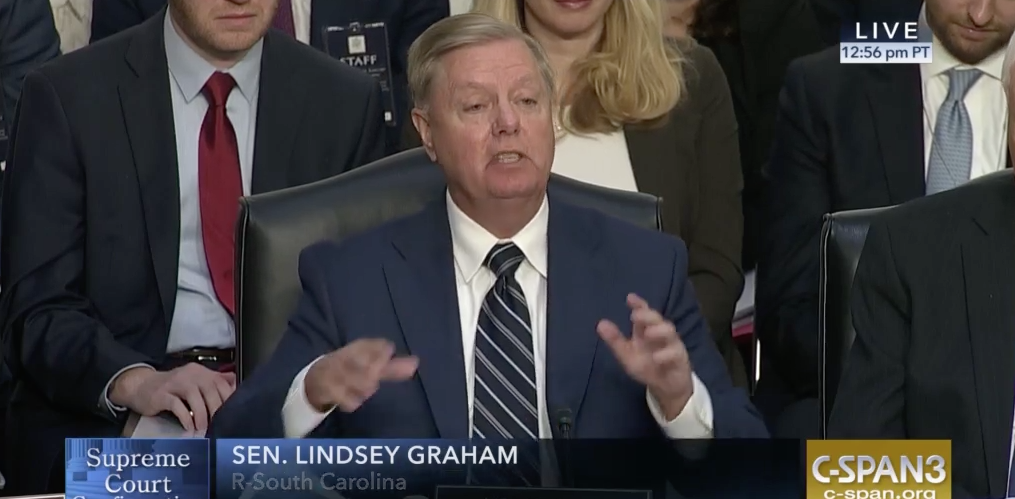The Clinesmith Sentencing Memos: Politically Biased Data In, Politically Biased Data Out
The government and Kevin Clinesmith — the FBI lawyer who altered a document relating to the Carter Page FISA application — submitted their sentencing memos in his case yesterday. The sentencing guidelines call for 0 to 6 months of prison time (as they did for the now pardoned Mike Flynn). Clinesmith asked for probation. The government asked for a sentence in the middle to top of that range — effectively calling for 3 to 6 months of prison time.
I think the government has the better argument on a key point, for reasons that I expect will be very persuasive to the judge in the case, James Boasberg, who is also the presiding FISA judge. The government argues that Clinesmith’s actions undermined the integrity of the FISA process.
The defendant’s conduct also undermined the integrity of the FISA process and struck at the very core of what the FISC fundamentally relies on in reviewing FISA applications: the government’s duty of candor. The FISC serves as a “check on executive branch decisions to conduct surveillance in order to protect the fourth amendment rights of U.S. persons[,]” but it can “serve those purposes effectively only if the applicant agency fully and accurately provides information in its possession that is material to whether probable cases exists.” Order, In Re Accuracy Concerns Regarding FBI Matters Submitted to the FISC, Docket No. Misc. 19-02, at 2 (FISA Ct. Dec. 17, 2019) (internal quotations and citations omitted). Accordingly, and particularly because FISA applications involve ex parte proceedings with no adverse party on the other side to challenge the facts, the government “has a heightened duty of candor to the [FISC].” Id. (internal quotations and citations omitted). In other words, “[c]andor is fundamental to [the FISC’s] effective operation[.]” Id. (citation omitted).
While I think the government’s case on Clinesmith’s understanding of the term “source” is not persuasive, this language is. It matters that Clinesmith did this within the context of the FISA process. Boasberg has a real incentive to ensure that those preparing FISA applications do think of Clinesmith as an object lesson about the duty of candor. I expect he’ll agree with the government and impose some prison term.
That said, the government sentencing memo goes off the rails on another point, one that badly discredits the John Durham investigation.
Both the government and Clinesmith provide the same explanation for why he did what he did: it was a shortcut to avoid filing a footnote with the FISA court.
Clinesmith explains it this way:
Kevin, however, reviewed the OGA email and realized that it did not specifically address the issue of whether Individual #1 had been a source. In a misguided attempt to save himself time and the embarrassment of having to backtrack on his assurance he had it in writing, Kevin forwarded the OGA’s response to the SSA (including the list of OGA reports) immediately after telling the SSA he would do so, but Kevin added the phrase notated in bold to reflect his understanding of Individual #1’s status:
[The OGA uses] the [digraph] to show that the encrypted individual . . . is a [U.S. person]. We encrypt the [U.S. persons] when they provide reporting to us. My recollection is that [Individual #1] was or is . . . [digraph] and not a “source” but the [documents] will explain the details.
OIG Report at 254-55.
And the government endorses that explanation in its sentencing memo (in language that further reinforces why Clinesmith should be treated sternly to preserve the integrity of the FISA process).
By his own words, however, it appears that the defendant falsified the email in order to conceal Individual #1’s former status as a source and to avoid making an embarrassing disclosure to the FISC. Such a disclosure would have likely drawn a strong and hostile response from the FISC for not disclosing it sooner since the FBI had the information in its possession before the first FISA application was filed. Indeed, in the June 19, 2017 instant message conversation with the SSA, the defendant wrote “at least we don’t have to have a terrible footnote” explaining that Individual #1 was a source. OIG Report at 253. While the defendant told OIG he was referring to how “laborious” it would be to draft a footnote explaining that Individual #1 had been an OGA source, see id., that reading is self-serving and absurd. Moreover, as a practical matter, how laborious would it have been to draft a single footnote to explain to the FISC that Individual #1 had been a source for the OGA. The SSA involved in the application understood the defendant to be referring to the terrible optic of just now, in the fourth application, disclosing to the Court that Individual #1 had been a source for another agency after failing to do so in all of the prior applications. See id. Such a disclosure would have undermined the probable cause in the FISA application and the overall investigation of Individual #1, which the defendant was able to avoid by altering the email.
That’s it. At that point, both sides have explained what happened as the kind of bureaucratic sloppiness that can be particularly dangerous where there’s no transparency. Case closed. Clinesmith may not have meant this maliciously but because it happened as part of the FISA process it was very problematic.
Except the government continues by suggesting, without evidence, that Clinesmith did what he did out of political bias.
The public record also reflects that political or personal bias may have motivated or contributed to his offense conduct. As noted in the OIG Report and PSR, the defendant was previously investigated, and ultimately suspended, for sending improper political messages to other FBI employees. See OIG Report at 256 n.400. For example, on the day after the 2016 presidential election, the defendant wrote “I am so stressed about what I could have done differently.” Id. When another FBI colleague asked the defendant “[i]s it making you rethink your commitment to the Trump administration[,]” the defendant replied, “Hell no,” and then added “Viva le resistance.” Id. The defendant was referred to the Office of Professional Responsibility for investigation for these and other related messages, and in July 2018 he was suspended, without pay, for 14 days. The defendant’s prior disciplinary infraction for expressing his political views in a work setting is a relevant aspect of his background. Indeed, it is plausible that his strong political views and/or personal dislike of the current President made him more willing to engage in the fraudulent and unethical conduct to which he has pled guilty. While it is impossible to know with certainty how those views may have affected his offense conduct, the defendant plainly has shown that he did not discharge his important responsibilities at the FBI with the professionalism, integrity, and objectivity required of such a sensitive job position. [my emphasis]
There are several reasons why this argument is not only problematic, but betrays an unbelievable stupidity about the investigation before Durham.
First, as prosecutors admit, they have no evidence that Clinesmith’s claimed bias influenced his actions. The bias “may have motivated” him, “it is plausible” that it did, “it is impossible to know with certainty how those views may have affected his offense conduct.” This kind of language has no place in a sentencing memo. They’re effectively admitting they have no evidence, but relying on their lack of evidence anyway. It’s the kind of shoddy unethical work they’re trying to send Clinesmith to prison for.
Worse still, as Lawfare has shown, the data the government is relying on here comes from a politically biased application of discipline within DOJ. Since 2011, the only cases of people being disciplined for expressing political views on their government devices involved people opposing Trump.
Five employees, the documents show, have been disciplined for private communications using government devices in which they have criticized President Trump. But none, at least not since 2011, has been disciplined for similar conduct with respect to presidential candidates Hillary Clinton or Mitt Romney, or President Barack Obama—or for praising Trump.
[snip]
The verdict is now in, at least for the past four major-party presidential candidates, one of whom served as president of the United States for eight full years. FBI employees who voiced political sentiments in favor of or opposed to Clinton, Obama and Romney did not face consequences—nor did those who praised Trump. Those who criticize the current president appear to be the only people subject to discipline.
Lawfare raises the example of an FBI agent who — unlike Clinesmith, Lisa Page, or Peter Strzok — was running informants targeting Hillary in the Clinton Foundation investigation during the campaign who expressed clear bias. That person — clearly identified as biased by the same Inspector General who identified Clinesmith’s bias — wasn’t disciplined. And there are reports that a key witness in the Durham probe, Bill Barnett, similarly expressed pro-Trump bias on his devices. No one has done an IG Report into whether Barnett’s self-described role in single-handedly preventing the Mueller team from concluding that Mike Flynn lied to protect President Trump reflected improper political bias, much less sent him home for two weeks without pay. You can’t treat OPR’s treatment of biased FBI employees as valid for sentencing because it has already been demonstrated to be itself biased in the same way it treats as discipline-worthy.
Most importantly, you’d have to be fucking stupid to believe that supporting the FISA application of Carter Page in June 2017 would inherently reflect any anti-Trump bias. Even on the first application, the claim that targeting Page would be a way to hurt Trump was a bit of a stretch. At that point, the Trump campaign had very publicly distanced themselves from him because of his embarrassing ties to Russia. Thus, if the FBI treated Trump’s public statements with any weight, then they would be right to view Trump as victimized by Page, someone pushing his pro-Russian views far beyond what the candidate supported, someone removed from the campaign for precisely that reason. That’s one of the potential problems arising from a suspected foreign agent working on a campaign, that the person will make policy commitments that the candidate doesn’t support on behalf of the foreign country in question. Still, you might argue (and Bill Barr has argued) that the FBI targeted Page as a way to collect campaign emails, so one might make some claim to support the case that by targeting Page the FBI was targeting Trump with the October 2016 application.
But Clinesmith wasn’t in the loop on the non-disclosure of Page’s ties with CIA on that first application.
Kevin was not aware of that information, however. When he assisted the FBI’s efforts to obtain the initial FISA warrant, Kevin knew of no prior relationship between Individual #1 and the OGA. And he was not involved in any discussions—including the one discussed above between the case agent and DOJ attorney—concerning whether or not to include information about that relationship in the FISA application. As was typical, the DOJ attorney worked primarily with the case agent to collect and develop information for the FISA application. The first time Kevin was asked to inquire into whether, and to what extent, Individual #1 had a relationship with the OGA was in connection with the fourth and final application.
To suggest that someone would target Page in June 2017 because of anti-Trump bias, though, takes gigantic flights of fancy. Already in October 2016, it was clear that Page (like every other person originally targeted under Crossfire Hurricane) was using Trump, attempting to monetize his access to Trump to get a plush deal to start a think tank that, in his case, would have been funded by the Russian government. Page boasted to Stefan Halper the Russians had offered him an “open checkbook.”
But even before the first renewal in January 2017, Page had victimized Trump in the way that is dangerous for counterintelligence cases. When he was in Russia in December 2016 — at a time when he was still hoping to get a think tank funded by the Russian government — Page claimed to speak on behalf of Trump with respect to Ukraine policy.
According to Konstantin Kilimnik, Paul Manafort’s associate, Page also gave some individuals in Russia the impression that he had maintained his connections to President-Elect Trump. In a December 8, 2016 email intended for Manafort, Kilimnik wrote, “Carter Page is in Moscow today, sending messages he is authorized to talk to Russia on behalf of DJT on a range of issues of mutual interest including Ukraine.”
There’s no record that Page made those representations with the approval of Trump. As such, Page’s representations risked undermining Trump’s ability to set his own foreign policy, whatever it was.
By June, moreover, Page had been totally marginalized by Trump’s people. The fourth warrant served significantly to obtain encrypted content from a phone Page had destroyed when he came under investigation. Tactically, there’s almost no way that that application would have generated new content involving Trump’s people because they were no longer talking to Page. So there’d be no political advantage to targeting him, neither based on the potential content the FBI might collect nor on any political taint from a guy the campaign had loudly dissociated from nine months earlier. Indeed, if your goal was to paint Trump as a pro-Russian asset, focusing on Page — the guy Trump himself had distanced himself from — is the last thing you’d do in June 2017. It’s just a profoundly stupid attack from Durham’s prosecutors, one with no basis in logic or (as the prosecutors admit) evidence.
In short, not only does the gratuitous, evidence-free insinuation that Clinesmith did what he did out of political bias misrepresent the biased quality of the targeting of those OPR investigations, but it fundamentally misunderstands why the FBI would investigate the infiltration of a campaign by a suspected foreign agent. Someone infiltrating Trump’s campaign on behalf of Russia could and — in Page’s misrepresentations in Moscow in December 2016 — did harm Trump. That’s a harm the FBI is paid to try to prevent. Here, prosecutors are trying to criminalize Clinesmith’s efforts to protect Trump from that kind of damage.
After making it clear in his first official filings that Durham’s team didn’t understand the investigation they were investigating, in this one, his prosecutors make it crystal clear they don’t understand how, if an agent of a foreign power were to hypothetically infiltrate a political campaign (which is what the FBI had good reason to believe in October 2016 and more evidence to believe by December 2016), it could be damaging to the campaign and to the President and to the country. That’s not just dangerous malpractice given their involvement in this case, but it betrays a really basic level of stupidity about how the world works.
The government is right that Clinesmith’s alteration of a document should be treated aggressively given that it occurred as part of the FISA process. But oh my goodness has the government discredited both this sentencing filing and the larger Durham investigation by betraying continued ignorance about the investigation, the politicized nature of the evidence they’re getting, and basic facts about counterintelligence investigations.

